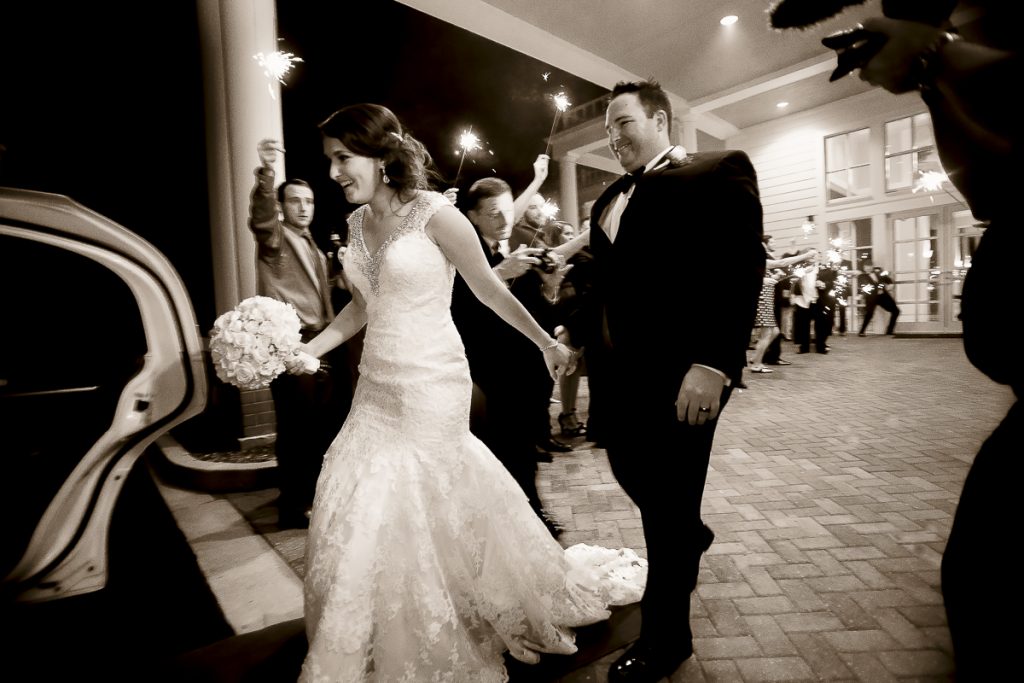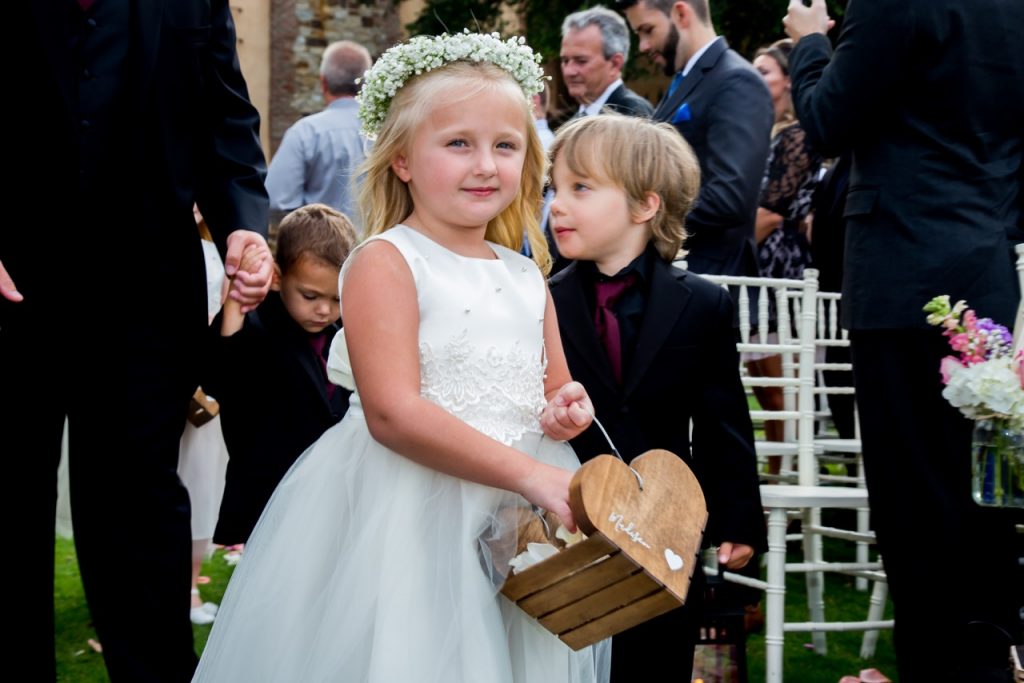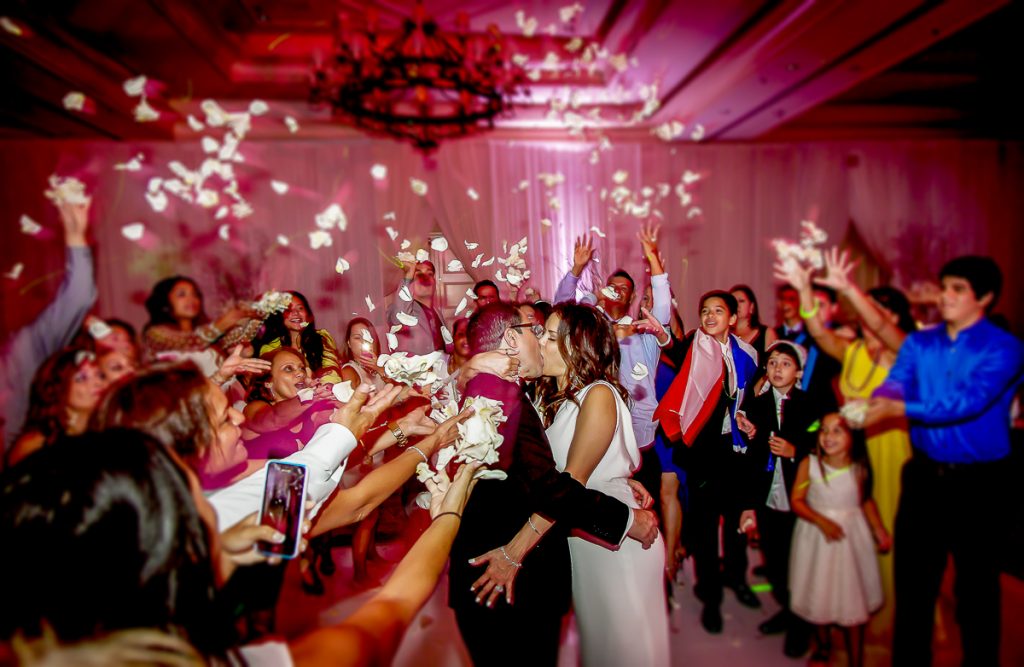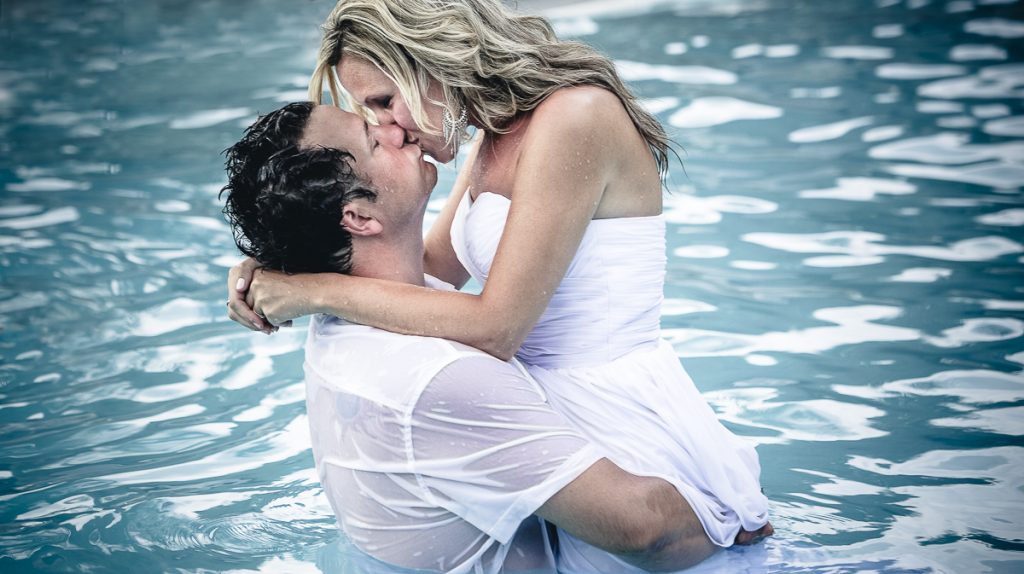How is Cinematography important to your wedding photography? Most brides and grooms would agree that they want beautiful pictures of their wedding. But, more than that, they want to look at their wedding album and see their story unfold in an exciting and meaningful way. Here at Sterling Photography International, storytelling is a specialty.

Planning your Wedding: All about the Bridal Gown, the Location, the Cake? Sterling Can Make your Wedding Easier.
Before we look at some of the storytelling techniques and qualities of Sterling’s Cinematography, lets review recently covered topics.
We have been discovering an aspect of wedding planning each week.
From Venues to flowers to photography, we will have tips for the bride who is making wedding plans.
Thus we have been giving you the benefits of Sterling’s experience, seeing and photographing hundreds and hundreds of weddings. When we have finished this series of blogs, we will have a complete set of Planning Tips to help any bride plan and prepare a wedding.
A Big Sterling Wedding Photography Shopping Hint:
Print off these little tip sheets or hints or Pop up Our Blog Page on Your Phone. Our shortlists will help you shop wisely and find solutions to wedding planning photography dilemmas.
You know, the Wedding Planning Series of blogs might possibly even grow up to become the “Sterling International Photography Mini Book of Wedding Inspiration.”
Thus far we have covered wedding hints for choosing your venue and thoughtful tips for deciding on your flowers. Not only does Sterling Photography International explain Sterling’s tips, but also tips from multiple experts in the wedding industry. These include Martha Stewart and sources like the Knot, Brides and Bridal Shows.
Introducing: Photography That Looks Like Cinematography
It stands to reason he would be an expert on what you, as a bride should investigate before you sign a contract for a photographer for your wedding day.
Many of his clients and friends see his work and say, “This looks like a scene from a movie.” That makes Sterling smile because he has studied many of the secrets of cinematography.
Cinematography and Telling Stories
Early in his career, the wedding event became the perfect showcase for Sterling’s unique brand of documenting emotions, both grand and small. Like the cinematographer, he combines long shots with close-ups to tell the story of your day.
One of Sterling’s biggest tips for choosing a wedding photographer is to ask what other photography he has done.

The Right Photographer Instinctively Knows the Right Photos For Your Wedding
How widely versed is he in his art.
Sterling believes that no one style is enough for a wedding. Blending photographic trends and styles creates interest and artful beauty in your images. So other than wedding photography, if you are interviewing for a wedding, talk about what else the photographer has done. Kids? Food? Sports? Models?
Read on to see why Sterling thinks you should want a wedding photographer who has done more than weddings.
Sterling combined all he learned from expertise in several different styles of photography. He wears a lot of hats at your wedding:
- The Trend-setter: He believes a wedding photographer must be alert to trends as well as traditions in the world of photographic styles as well as the wedding industry. Where do you find the trends? Wedding Magazines and online Wedding Blogs show brides the latest styles in photography as well as fashion. Sterling is always up to date.
- The Portrait Artist: A good wedding photographer must develop artistic portraiture to capture those timeless moments when natural poses matter.
- The Advertiser: Commercial shooting teaches a photographer to think fast and make solid, technical decisions for reliable images.
- The Reporter: Photojournalism shows a good photographer how to find the action in a scene and anticipate the appropriate moment. Directing model shoots and portfolio sessions shows a photographer how to “picturize moods and work with clothing, props and style.” And Sterling adds, “You really learn how to work with people of all types and temperaments. Likewise, believe it or not, you learn how to make anatomy look good at any size or proportion.”
Photographer’s Experience in Sports, Food and Weddings are all a Plus
All of the “different photographic worlds (and styles) above are combined in the universe created by a wedding, and experience within any of them helps!”
And he adds with a big grin, “as does “a little experience in nature and food photography. That won’t hurt a wedding photographer either, for obvious reasons. (And we have an aha moment: Ah, yes! Flowers, Food and Scenery!)
Like quite a few other photographers who use the techniques of cinematography, Sterling stated, “The place where the cinematographic approach shines is in using his style to put the events of the day into a story. Whereas movie action actually moves. I use different angles, apertures, focal length lenses, to piece together the story of the day in breathless moments and in moments that take your breath away.”
Photographs and Albums: Telling the Story

Movie Magic Albums Just For You
He adds, “Ideally, this means an album to me, much more than disconnected files on a disk. This is much different than cinema or video because you can hold it in your hand.”
1. Sterling explains, “You look at a two-page spread in one of my albums, and it doesn’t flash by your vision.
2. Your eyes control what you see, how much detail you enjoy. You can study it, hold it, peek into the mysteries of all the moments unfolded there in small screens (the prints). As you do, the “cinema” begins to play in your mind.” You can’t do that in the movies or even if you watch a video with family and friends.
CD’s, DVD’s and Movies
3. As if we are in a screening room, watching a beautiful wedding story unfold, Sterling states, “In a sense, an album means I have a movie-screen to fill: The sizes are typically 4×6, 5×7 and 8×10, plus 12×12 and 24×24. They flow with the story of your wedding day. That is because I am a storyteller and each page is a chapter. In my mind, I see pages long before the actual images occur, as the wedding day unfolds.
4. With all the raves over CDs, trendy DVD’s and video movies, couples are returning to the tradition of ordering albums. But these are not the disjointed, frozen albums of yesteryear. They are modern stories that flow–like cinema action, over the pages of the book. Yes, couples love hundreds of shots in the slideshows, but they are placing a higher value on the editing, graphic layouts and art of the custom albums (Sterling Photography International’s fabulous albums.) Word of my wedding stories is getting around. Lately, it is seeing the books that have made the wedding couples sign the contracts. And I am more than pleased that more and more couples have recommended my photographic services to other brides and grooms.”
5. Close-ups, group shots, long distant shots and shots of every detail—it’s an art to edit them into meaningful moments of a story like no other couples.”
Sterling views his pictures and albums much the same way that John Huston thought of great movies: “What you try to become is a bringer of magic. For magic and the truth are closely allied. And movies are sheer magic...” And so are weddings.
You need to know that any wedding photographer has an agenda, a plan of some kind.
1. I want to tell the story of your day, using the aperture, right on the f-stop, right on the “My goal is to have the finished album give the viewer a real-life present at the wedding. I know when I want to use crystal clear focus and when the background should be softly blurred.
2. I give the viewer the advantage of all the best angles and moments—and like I said, they can hold it, and touch it. And my audience might not yet be even born. In my mind’s eye, my audience members, holding the album, intent on every nuance and detail of the dress, the flowers, the arches.
3. Those who look at the book don’t care if its f-16 in bright sunlight or 4-5.6 in the twilight, but they see the effects of the light, and they wouldn’t, had I not been precise. They are the children, and grandchildren of the bride and groom.
Terrific Take Away from Today:
Both arts, photography and cinematography, pressure the artist for precision. The cinematographer has a lighting designer to show him where to shoot. However, the photographer must “see” angles, pools and qualities of light, and make adjustments on the fly. Likewise, he must find the shadows, and where they strike on human faces and bodies.

The Wedding Day is Your Day – Live It. Sterling Can Help Create Your Dream Wedding.
The fact that the wedding event is happening in real time makes it different from capturing a movie. However, in cinematography, the events are not typically real. And at a wedding, not only is the action real, but the the photographer only gets one “take.”
That doesn’t bother Sterling in the least. He likes the challenge.
Join us again when he brings more photography insights to you in our next blog.
And remember, when you interview photographers for your wedding, talk about what else they photograph. Know their depth and if they can handle your venue.
If all the photographer can show is church weddings, think twice and don’t put your garden wedding in his hands.
Thank you for reading the blog at Sterling Photography International. We’re here to make your day, and your grandchildren’s day.

